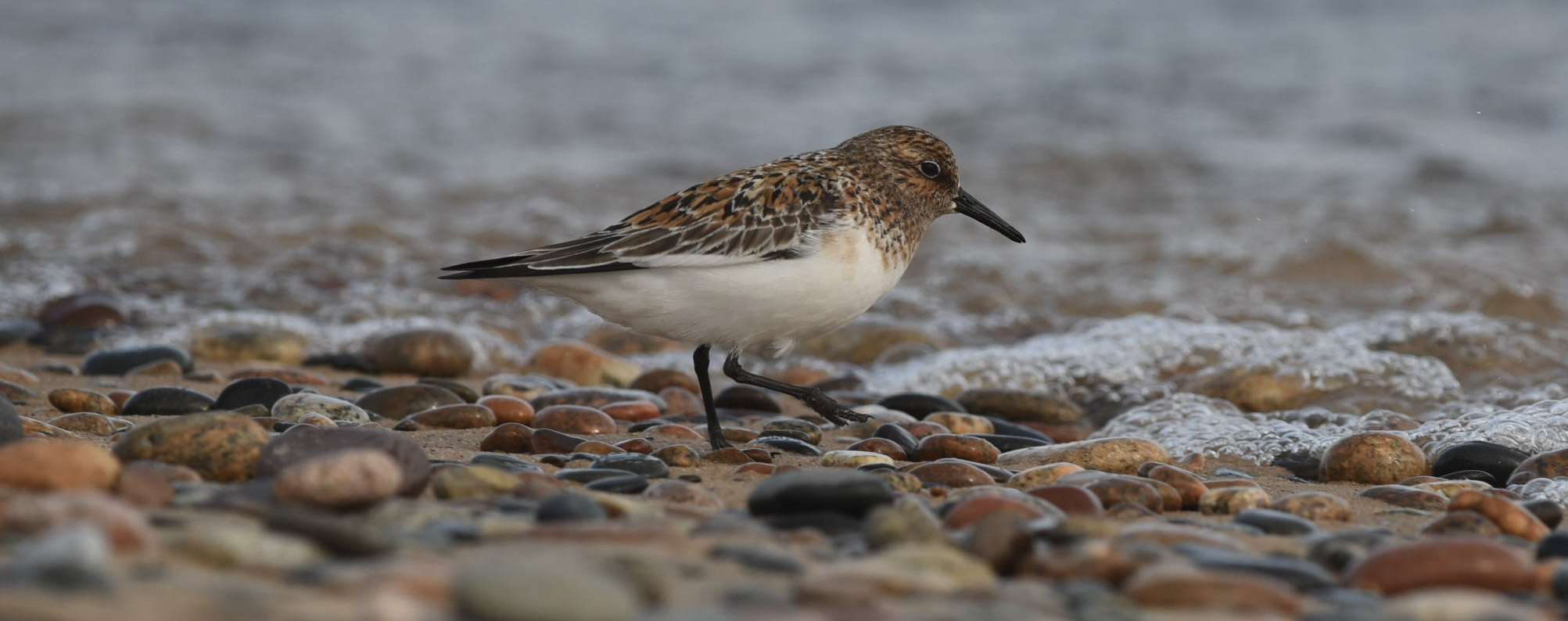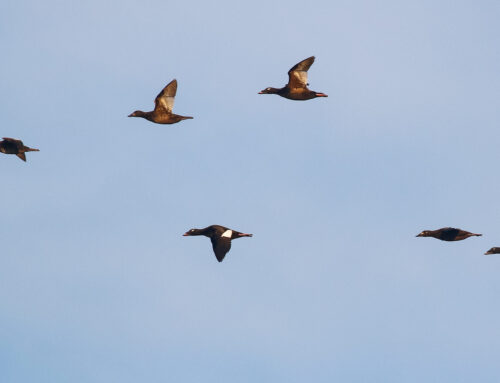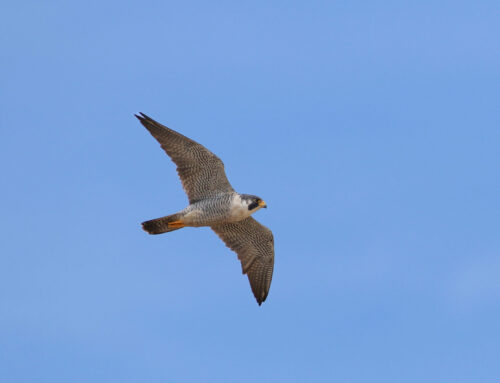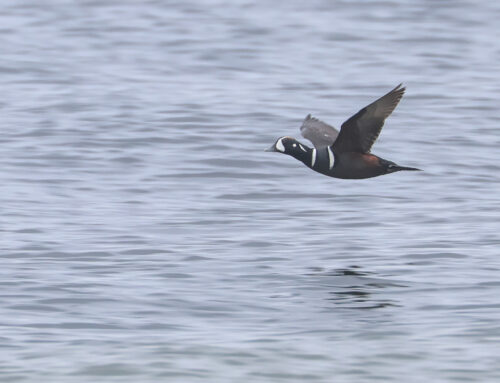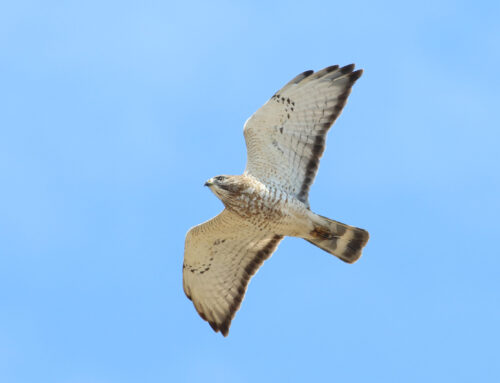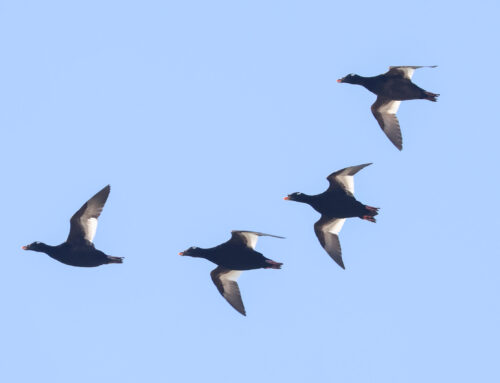There’s this word, zugunruhe. It means migratory restlessness, and it looks like dozens of Common Nighthawks streaming north across Lake Superior at dusk. It sounds like the wild cries of the Whimbrel flocks that raced north over the Point this week. It feels like the predictable late-season wanderings my brain embarks on. Food and shelter and the mate I’ve missed for most the season are the destinations–for thoughts and birds alike, it turns out.
The majority of this week’s counts have been executed in pea-soup that’s cut only by the fluting of Piping Plovers and the hum of the boats that tend the whitefish nets closest to the Point. I’ve spent much of this week sitting in the expected late-season fog, in more ways than one… what’s out there, beyond perception? How do I get there? Do I want to get there? This is the beauty of seasonal work, and the harrowing thing about seasonal work, too. I find myself enticed by the border places–where land meets water, where day becomes night, where a chapter leaves off so the next can start. The chapters are short, abundant. It’s always been that way.
The fog settles in and setting off into it can be uncomfortable. The first-year Broad-winged hawk I can sort of make out atop one of Michigan’s northeasternmost jack pines embodies this. It’s out on the edge; it’s hesitating, recalibrating. It won’t cross that lake. Not here. Not in these conditions. But my waterbirds do. They fly, they cross–through the rain, into the wind, enter the fog. Shorebirds spend so many of their days migrating, and for this I love them: the adults leave the southern extremities of one continent for the northern extremities of another, then depart the tundra once they’ve accomplished what they set out to do. Perpetual movement: it’s not a bad thing. There is satisfaction in the hunger and the eating–but for me, not so much in the satiation.
This chapter, the spring 2020 waterbird count, was characterized by the hunger and the eating. It began with a drive to the Upper Peninsula on Good Friday, as I raced a wintry storm and impending stay-at-home orders. It was inspired by a powerful conviction to, in a very unusual season of life, pour my soul into the Point and, by proxy, the people who love it. The eating came in savoring a migration of, at the time of this writing, around 45,000 birds of 198 species, and it was seasoned with tears–tears from wind, from frustration, from the wonder and beauty of constellations of loons moving across the sky; Northern Harriers resolutely crossing Superior where most raptors won’t; Whimbrel shrilling overhead as they speed to the tundra. Thank you for following along with us this season–in many regards, it has been quite different, but it has also been quite good.
—–
There were several fun finds at the waterbird count’s last full week of the spring season, despite the heavy fog and hungry mosquito hatch. I had an adult PARASITIC JAEGER during the waterbird count last Saturday, May 24. (Alec had a distant jaeger sp. that evening, too.) Then, on May 26, I had a WESTERN KINGBIRD fly over the shack and head down the bay.
May 27, the fun continued– I had 497 Whimbrel during the waterbird count; that evening, Alec and I were both able to rally for the night flight, and were rewarded with 136 Common Nighthawks. At one point, we counted a flock of 52 crossing Lake Superior in a single burst, which was pretty incredible. And then today, the 29th, I had a Marbled Godwit and a flyover Great Egret at the waterbird count.
For anyone interested in reading about our birdathon, you can find a summary right here. This happened on Memorial Day, May 25, and we found–with an abundance of help from our volunteers–a record-breaking 166 species. The money generated from birdathon enables us to continue our mission-critical research, but we still have not met this year’s fundraising goal. If, after following our work this season, you feel that financial support is something you feel called to do, you can still donate.
I wanted to say, also, how much I appreciated the Michigan birding community taking social distancing and stay-at-home to heart. While the situation with the virus was at its most tenuous, you did bird closer to home and this brought the WPBO peace of mind in a very uncertain time. This week, as the state has begun to open again, we have had more visitors, but everyone who has visited the waterbird shack has practiced social distancing without me even having to request or remind. Thank you.
–Alison Vilag, WPBO Waterbird Counter

Whimbrel over WPBO. Vilag photo.

